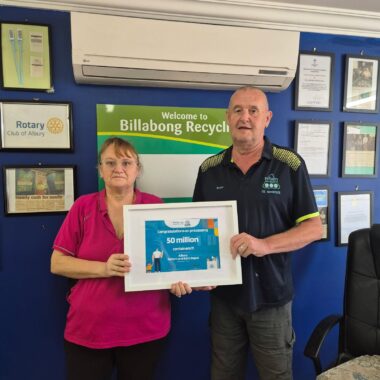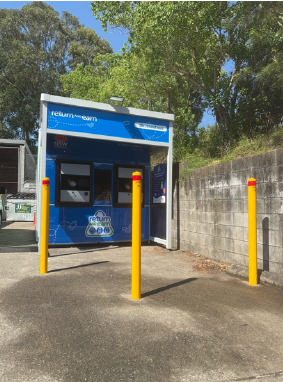La Trobe University and Gaia Project Australia have been named finalists in NASA’s Deep Space Food Challenge for a project designed to grow food for long space journeys such as the Artemis missions to the moon and Mars.
The team created a vertical farm where leafy and micro greens are grown in a controlled environment in 28 days instead of the three months it would normally take in soil.
The project was created by experts from La Trobe’s engineering and plant sciences departments and the team at Gaia Project Australia and took six months to design and build a prototype that NASA could take to space to feed astronauts.
The team, called Enigma of the Cosmos, will travel to Ohio in the US for the final on 15 and 16 August, where the winners will be chosen by NASA.
La Trobe Engineering Lecturer Dr Alex Stumpf said the project was the only finalist in Australia and was competing with several international and US projects.
“Our team spent many long days and nights creating the world’s first expandable grow channel vertical farm system,” Dr Stumpf said.
“We are extremely proud of the unit, and we are excited to see what the judges think of our system. I believe we will do well in the competition, but regardless of the outcome, the system and the ideas will lead to real impact back here on Earth.”
Gaia Project Australia Founder and CEO Nadun Hennayaka said while the project was designed to help grow food in space and to offer astronauts a varied and healthy diet, the team also wanted to test how the vertical farm operated on Earth.
“While we are creating a growing environment optimised for space, it has real impact on the future of farming on Earth as well,” Nadun said.
“With so many people living in high density city apartments, the depletion of soils and unpredictable weather patterns, using vertical farms will be the future for large-scale food production and even domestic growing.
“Growing food without soil, with exactly the right nutrients, leads to less crop waste and eliminates the threats of pests, disease and adverse weather conditions damaging the crops.
“In conventional farming, space is required between plants for people and machinery to operate, resulting in about 15 heads of lettuce per square metre. While robotic greenhouse setups can increase this to 25to 40 heads per square metre, they come with high initial costs. Our system, on the other hand, maximises space efficiency without relying on complex robotic systems, allowing us to grow 50to 55 plants per square metre at a third of the cost.”
Professor Mathew Lewsey, from the La Trobe Institute for Sustainable Agriculture and Food, said the system was helping to advance research on Earth and in space.
“We are using Gaia’s technology to train the next generation of plant technologists,” Professor Lewsey said.
“As part of the Australian Research Council Centre of Excellence in Plants for Space, our students are simulating how crops could grow during spaceflight and working to improve yield. They are applying what they learn to develop better varieties and growth conditions for use in vertical farms.”
The awards ceremony will be livestreamed on Marshall Space Flight Centre’s YouTube channel and NASA Prize’s Facebook page.
Contact details:
[email protected]
0487 448 734


